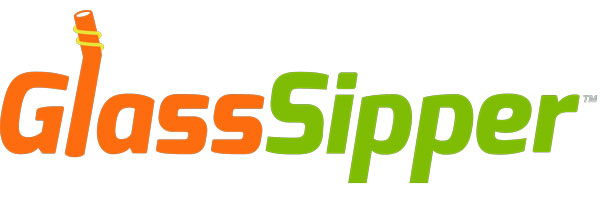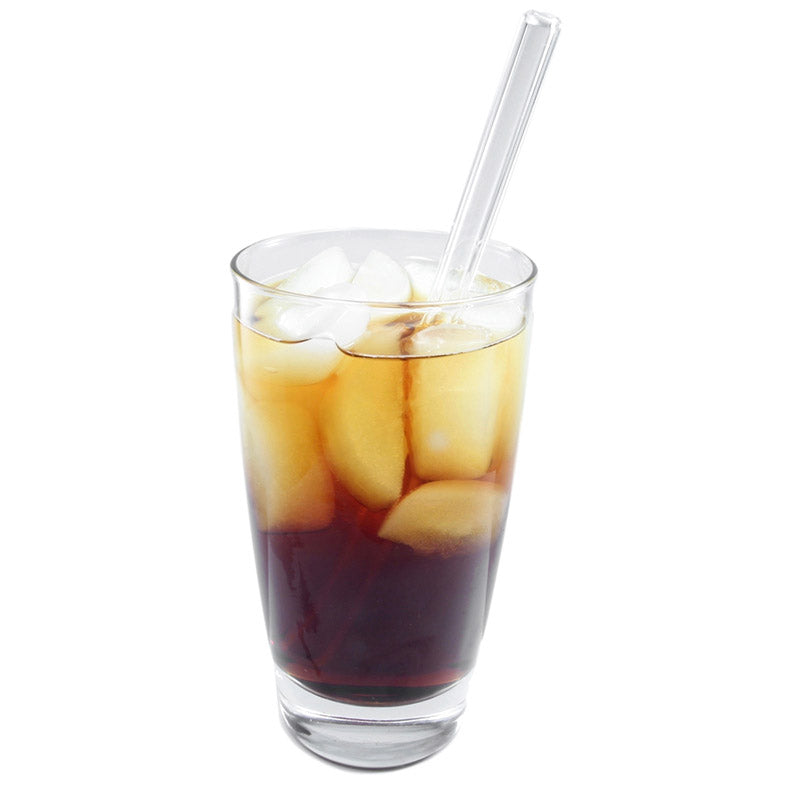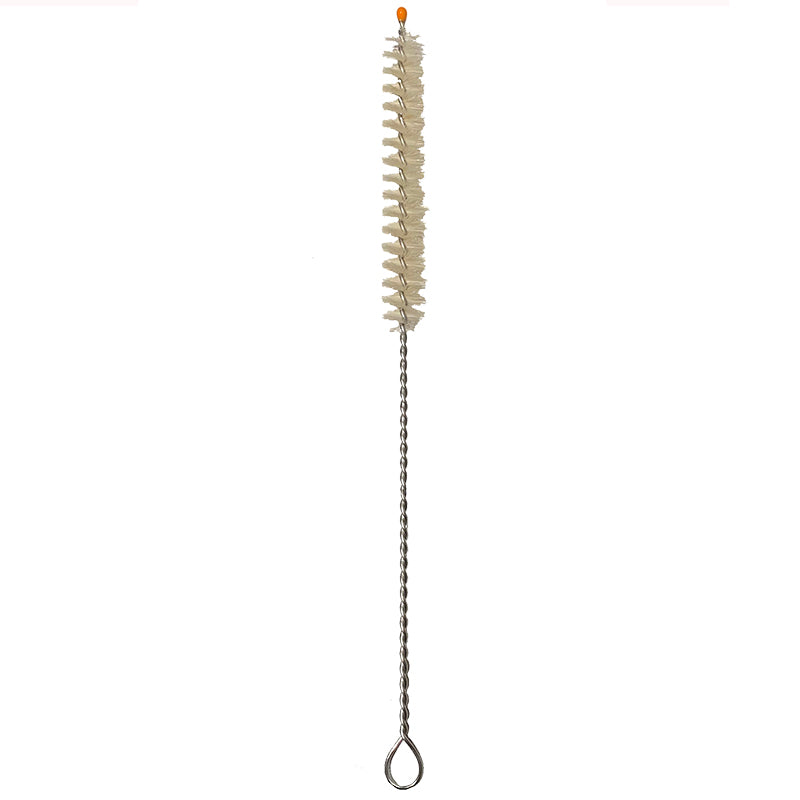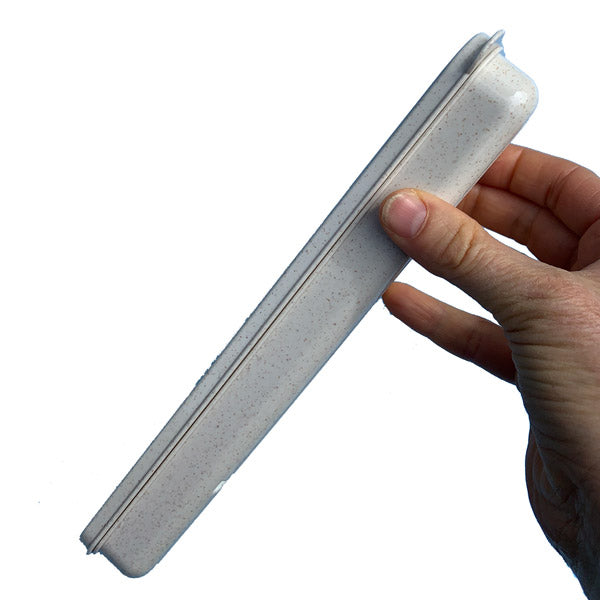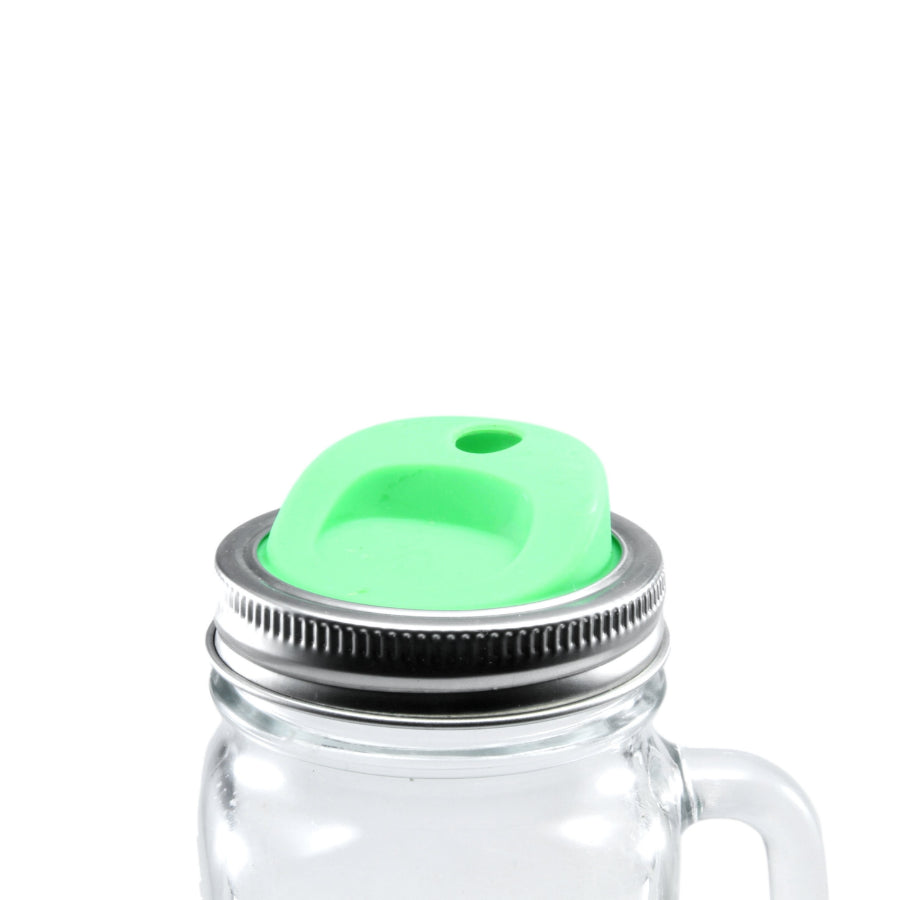Thanks to all of you I’m keeping very busy filling your GlassSipper Christmas orders. I don’t want to brag, but for value, quality, size, and seasonal fun, GlassSipper reusable glass drinking straws are the perfect stocking stuffer. We even offer special Christmas-themed glass drinking straw favourites such as GlassSippers decorated with candy canes, Santa Claus, snowmen and everyone’s beloved Rudolf the Rednose Reindeer.
The Christmas GlassSipper rush got me thinking about how the Christmas gift-giving tradition got started. Personally, being Jewish, I did not get Christmas gifts growing up, but I did get presents for Hanukkah which always roughly corresponds in timing with Christmas.
Turns out, the gift-giving tradition actually dates back before the beginnings of Christianity itself. In fact, it goes back almost to the events that led to the holiday of Hanukkah, when the ancient Jews rebelled against the Greek empire and restored Jewish sovereignty to the Land of Israel. When the Roman empire replaced the Greek empire, Roman traditions replaced those of the Greeks. Around 2000 years ago, citizens of ancient Rome exchanged gifts as part of the pagan winter festival of Saturnalia that honoured Saturn, the Roman god of agriculture. When the Roman Empire adopted Christianity, the newly-Christian Roman leaders hung on to a number of pagan festival practises including gift-giving to smooth the transition from the old pagan religions to the new Christian religion.
In 336 CE, the Church settled on December 25th as the birthday of Jesus and Christmas was born. The Church linked the continuing tradition of gift-giving to the Gospel story of the Magi, the Three Wise Men, travelling to Bethlehem where they gave gifts of gold, frankincense and myrrh to baby Jesus.
Around the same time, the Church also tied Christmas gift-giving to the story of a 4th century Greek monk by the name of Saint Nicholas who gave gifts of money to the poor. Christians revered Saint Nicholas for his kindness and as the protector of children. Over the centuries Saint Nicholas became particularly popular in Holland, and amongst the Dutch colonists of New Amsterdam, today’s New York City. Starting in19th century New York, the gift-giving Saint Nicholas, known in Dutch as Sint Nikolass, and whose nickname was Sinter Klaas, evolved into the gift-giving Santa Claus. By that time modest gift giving during the Christmas season had already been popular for centuries in Europe and North America, with gifts typically being homemade, such as baked treats, hand-carved wooden toys and needlework.
Also dating back centuries in Europe was the tradition of Jewish parents giving their children coins on Hanukkah calledgelt, which is Yiddish for the word “money”. The custom continues today throughout the Jewish world, though today’s gelt is made of chocolate. The popular explanation for the origins of giving gelt during Hanukkah is that the coins represent the ancient Israeli coins minted by the newly independent Kingdom of Israel after the successful rebellion against the Greek Empire that Hanukkah celebrates.
The 19th century, which saw Santa Claus emerge as a central figure in the celebration of Christmas, was also a period of industrialization and urbanization in the US. In the weeks leading up to Christmas, bands of rowdy young men took to partying in city streets. Political leaders at the time encouraged gift giving as a way of bringing people inside for more subdued Christmas celebrations. At the same time, parents saw indoor family-oriented celebrations along with gift-giving for children as a way of keeping their kids away from the corrupting influences of the city streets.
With industrialization also came mass-produced Christmas gifts, and the purchasing power to buy them, which also fueled Christmas gift-giving. At the same time North American Jewish families added gift-giving to the existing tradition of Hanukkah gelt, probably as a way of making Jewish children feel happy about Hanukkah rather than sad about missing out on Christmas.
I don’t mean to knock manufactured Christmas and Hanukkah gifts. After all, I am enjoying the new enameled cast-iron Dutch Oven that I bought myself for Hanukkah. However, I also love the fact that the GlassSipper glass drinking straws I hand-make in my own studio are a throwback to the pre-commercialized more personal form of holiday gift-giving.

